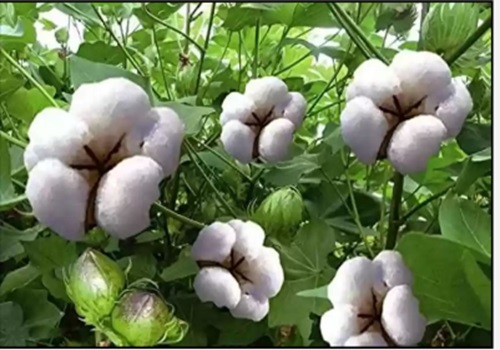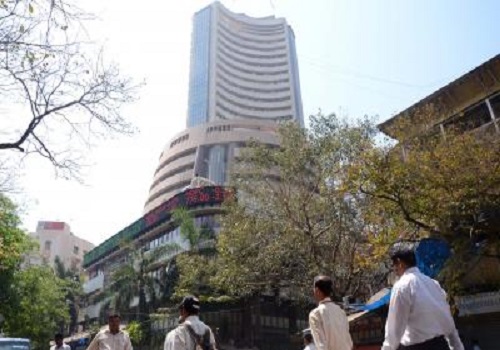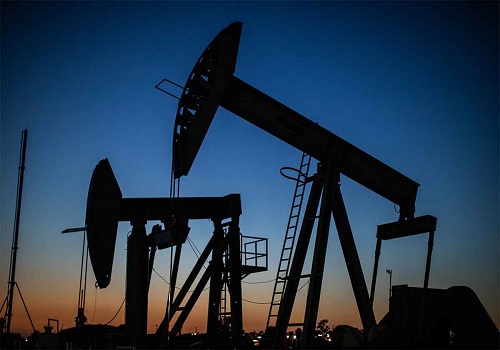Cotton Complex Report by Amit Gupta, Kedia Advisory

The cotton industry holds a pivotal role in India’s economy, significantly impacting both domestic and global markets. India is the world’s largest producer and exporter of cotton, contributing approximately 23% of global cotton production. This prominence is rooted in the country’s favorable climatic conditions and extensive cultivation area, which spans over 12 million hectares, making India a dominant player in the global cotton market.
In India, cotton cultivation supports millions of farmers and contributes to rural livelihoods. The industry is integral to the country’s textile sector, which is one of the largest and most diversified in the world. Cotton contributes about 60% of the country’s total textile production, and Indian cotton is known for its high quality, including varieties like Shankar-6 and Suvin, which are sought after internationally
The industry faces challenges, including fluctuations in global cotton prices, water scarcity, and the impact of climate change. However, India’s efforts to modernize cotton farming techniques and improve supply chain efficiency are crucial in addressing these issues. Initiatives such as the Pradhan Mantri Krishi Sinchai Yojana (PMKSY) and advancements in biotechnology aim to enhance cotton yield and resilience.
Globally, India’s cotton exports are vital, with key markets including China, Bangladesh, and Vietnam. Indian cotton is prized for its versatility and quality, making it a preferred choice for manufacturers worldwide. The industry’s robust export performance helps balance the trade deficit and supports the country’s economic growth.
In summary, India’s cotton industry is a cornerstone of both its domestic economy and the global textile market. Despite facing challenges, ongoing improvements and investments position India to maintain its leading role in cotton production and export, contributing significantly to the world’s supply chain and textile industry

Cotton prices have risen over 2% in the past month, driven by reduced sowing areas and concerns about low yields due to heavy rainfall, which is expected to delay the new crop by up to four weeks. ICE cotton futures also surged to a two-month high, supported by a weaker dollar, rising crude oil prices, poor U.S. crop conditions, and forecasts of more storms. The USDA's September 2024 WASDE report lowered India's cotton production forecast to 30.72 million bales for 2024-25, citing excessive rainfall and reduced acreage. U.S. cotton production estimates were also cut by 600,000 bales due to lower yields, further tightening global supply. India's cotton exports are projected to decline, while imports are expected to increase. Despite these challenges, India’s domestic cotton consumption is forecast to remain stable at 32.64 million bales. Global cotton production and trade estimates have also been revised downward, reflecting a tighter supply situation that may continue to support prices in the coming months.





















